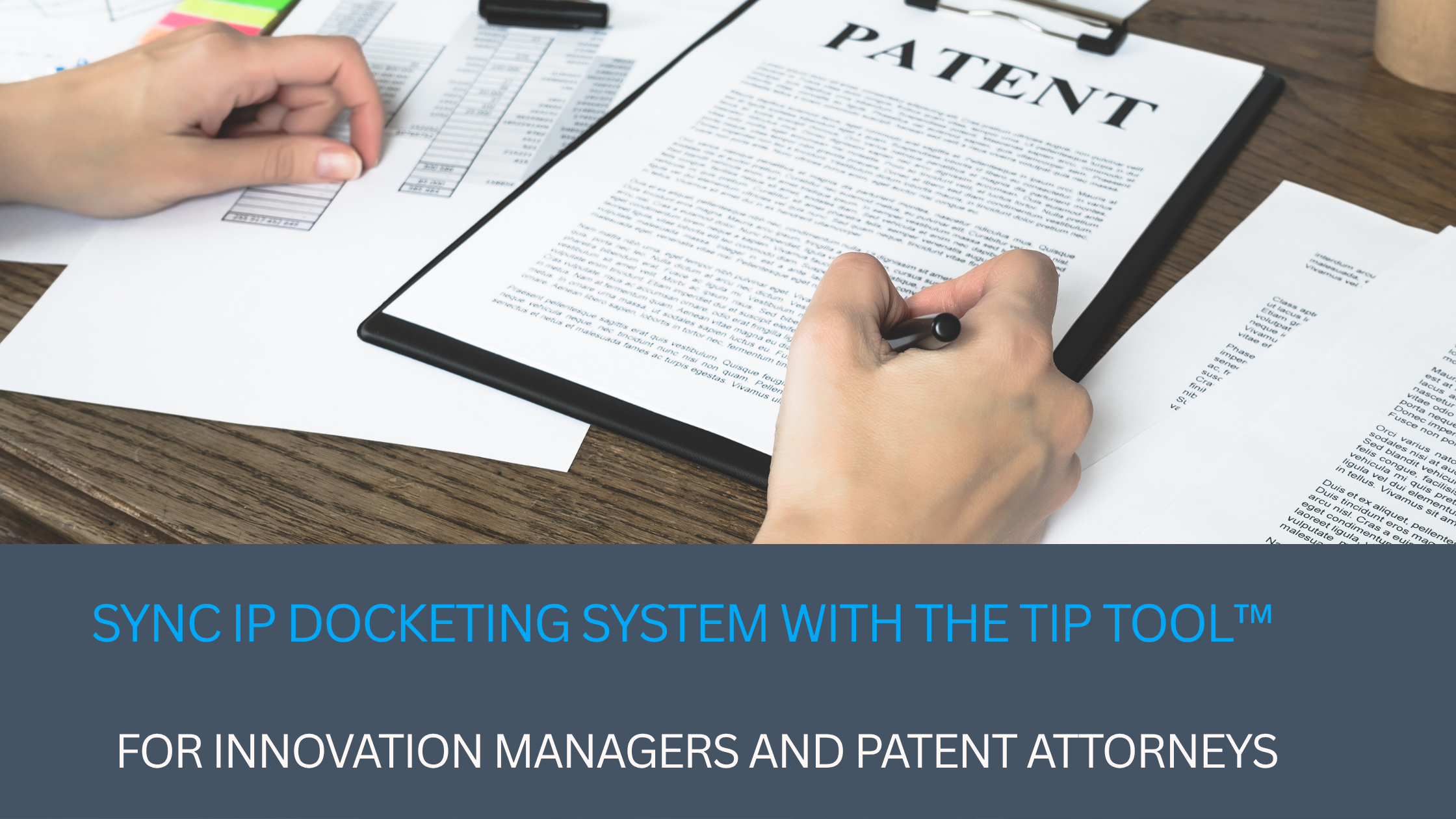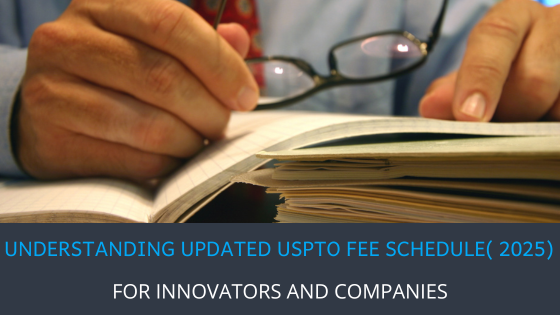Imagine a world where we can control the weather. This isn’t science fiction; it’s the groundbreaking idea behind U.S. Patent 4686605. Dubbed as one of the most audacious proposals in the realm of geoengineering, this patent outlines a method to alter atmospheric conditions.
What sets it apart is not just its bold, scientific premise but also the intense debate it has ignited.
Critics argue, as noted in articles from The Guardian, that meddling with the atmosphere could have unforeseen and potentially disastrous consequences. Proponents, on the other hand, point to the urgent need for innovative solutions to combat climate change, as discussed in a report by the International Monetary Fund.
This U.S. patent 4686605 sits at the heart of this debate, offering a glimpse into a future where human ingenuity might hold the key to environmental salvation or risk opening Pandora’s box of ecological challenges.
This article dives into the fascinating and controversial world of U.S. Patent 4686605. We’ll explore its unique approach to geoengineering, the science behind it, and why it has become a topic of heated discussion among experts.
From legal implications to ethical dilemmas, join us as we unravel the story of this patent and why it deserves your attention in the ongoing conversation about our planet’s future.
Let’s get started!
A Brief Overview Of U.S. Patent 4686605
U.S. Patent 4686605, titled “Method and apparatus for altering a region in the Earth’s atmosphere, ionosphere, and magnetosphere,” was granted on August 11, 1987, with the application filed on January 10, 1985. The inventor listed for this patent is Bernard J. Eastlund from Spring, Texas, and it was assigned to APTI, Inc., located in Los Angeles, California.
Source: US4686605A
This patent outlines a method and apparatus designed to modify specific atmospheric regions above Earth. Central to this technology is the use of electron cyclotron resonance heating, a process that amplifies the density of charged particles in a targeted area. This enhancement is achieved by directing circularly polarized electromagnetic waves upward, aligning them with Earth’s magnetic field lines.
One significant aspect of this patent is its ability to create plasma alterations in the ionosphere. By deploying sufficient power, such as 10^15 joules, it’s possible to confine the altered plasma between magnetic mirror points, allowing it to oscillate for prolonged durations. This capability opens up possibilities for communication modifications and other applications.
Historical Context Of The Patent
The historical context of U.S. Patent 4686605 can be traced back to the late 1950s. This journey began with the discovery of Earth’s naturally occurring belts of charged particles, or ions and electrons, situated in the upper layers of the atmosphere. These belts, trapped along the magnetic lines of Earth’s dipole magnetic field, sparked substantial research interest in their potential manipulation for beneficial purposes.
Innovators and researchers, particularly during the late 1950s and early 1960s, were driven by the Cold War era’s quest for technological supremacy. The United States and USSR, in their pursuit of understanding these atmospheric phenomena, conducted nuclear tests to generate and analyze artificial belts within Earth’s magnetosphere. This era of experimentation laid the foundation for future innovations in controlling and modifying space weather.
The methods proposed for altering these belts were revolutionary for their time. Innovations included the injection of charged particles from satellites and the release of ionized gasses like hydrogen from orbiting platforms. These early experiments aimed to understand and actively manipulate the space environment. The suggestion to release large barium clouds in the magnetosphere to increase plasma density and influence electron precipitation marked a significant shift in thinking – from observation to active intervention.
However, these initial approaches had a limitation: they required direct intervention in the magnetosphere. This constraint led to a pivot in the 1970s towards earth-based solutions. Innovators began experimenting with transmitting high-frequency electromagnetic radiation from ground-based antennas to modify the ionosphere. These experiments aimed to alter the ionosphere’s electron density and temperature, achieving significant results like enhanced airglow and changes in electron concentrations.
The heart of Patent 4686605, electron cyclotron resonance heating, builds on these pioneering efforts. Prior experiments, including those at the Oak Ridge National Laboratory with the Elmo Bumpy Torus, demonstrated the feasibility of producing and accelerating plasmas in diverging magnetic fields. These groundbreaking experiments not only paved the way for the patented technology but also exemplified the power of innovation in advancing our understanding and capabilities in geoengineering.
The Inventor Behind The Patent
Bernard J. Eastlund, the inventor of U.S. Patent 4686605, was an American physicist born in 1938 and passed away on December 12, 2007. He earned a B.S. in Physics from the Massachusetts Institute of Technology (MIT) in 1960 and a Ph.D. in Physics from Columbia University in 1965.
Eastlund’s early career included a postdoctoral fellowship at Columbia University and a position at the U.S. Atomic Energy Commission’s fusion office. He was recognized for co-inventing “The Fusion Torch” and contributed a paper on this concept, which was awarded by the Atomic Energy Commission in 1970.
U.S. Patent 4686605 A, one of Eastlund’s most significant contributions, stands as a hallmark of innovation, with its roots tracing back to Nikola Tesla’s ideas. This notable Eastlund patent, already introduced earlier, bypasses the conventional and delves into the realm of large-scale atmospheric manipulation using electromagnetic radiation.
While the patent itself is a remarkable piece of scientific work, it’s the breadth of its potential applications and the surrounding controversies that truly set it apart.
The patent speculated on potential applications like:
- Magnetotelluric surveys
- Local weather modification
- Missile defense
Eastlund later claimed that the High-Frequency Active Auroral Research Program (HAARP) was built using his patents, although this claim has been subject to controversy and skepticism.
Current Relevance And Applications
The current relevance of this U.S. patent 4686605 spans across science, development, and innovation, offering insights for innovators interested in the intersections of atmospheric science, space research, and technological advancement.
Atmospheric And Space Research
The patent’s focus on manipulating the ionosphere aligns with ongoing scientific interests in space weather, atmospheric phenomena, and climate studies. Understanding and potentially controlling aspects of the ionosphere could have implications for predicting and mitigating space weather events, which affect satellite operations and communication systems.
Climate Studies
Innovators in climate science might find the patent’s methodology relevant for studying the ionosphere’s role in Earth’s climate system and exploring potential geoengineering techniques.
Must Read: The US Patent 10130701, Breakthrough In Poultry Virus Control
Telecommunication Enhancements
The ability to alter the ionosphere could lead to advancements in long-range communication technologies, potentially improving radio signal propagation and satellite communications.
Defense And Surveillance
The patent’s technology may be applicable in national security contexts, particularly in developing advanced surveillance methods or in communications where atmospheric conditions play a crucial role.
Cross-Disciplinary Applications
The patent represents a convergence of physics, engineering, and environmental science, encouraging innovators to think multidisciplinarity.
Controversy And Implications Of The Patent
The controversy surrounding this patent primarily stems from its potential implications for weather control and modification. The patent’s technology can theoretically be used to heat specific regions in the atmosphere, leading to changes in atmospheric pressure and potentially influencing weather patterns. For instance, heating at least three specific locations in the atmosphere could create a low-pressure area, potentially leading to the formation of a storm. The extent of the weather perturbation depends on the amount of energy used and can take days to develop.
It’s important to note that while the patent outlines a method for altering atmospheric conditions, the actual application and effectiveness of such technology in large-scale weather control or modification remain subjects of debate and speculation. The patent does not directly claim to control the weather, but the techniques described have led to theories and concerns about its potential use in weather manipulation.
The linkage of U.S. Patent 4686605 A to the High-Frequency Active Auroral Research Program (HAARP) adds an intriguing layer to the discussions around this patent, especially considering Eastlund’s own claims that HAARP was developed using principles from his patents. This connection has sparked widespread speculation and debate, particularly regarding the potential impact of ionosphere heaters like HAARP (U.S.) and EISCAT (European Incoherent Scatter Scientific Association, hosted by Germany, among other countries) on climate change.
Proponents of this perspective argue that the patent provides a theoretical framework for large-scale weather control or modification through the manipulation of the ionosphere, a concept that aligns with the operational objectives of HAARP.
However, it’s crucial to note that direct evidence substantiating the use of technologies like HAARP for large-scale weather control remains elusive and not conclusively established.
Intentions Vs. Public Perceptions Of The Patent
The inventor’s intention was to excite a region above the Earth’s surface by electron cyclotron resonance heating, thereby increasing its charged particle density. The patent suggests applications like altering atmospheric wind patterns, modifying solar absorption patterns, and artificially increasing concentrations of certain atmospheric molecules, such as ozone or nitrogen.
Source: Twitter
However, the public perception of this patent has significantly diverged from its stated intentions. Some believe the technology described in the patent is used for weather modification or as a climate control weapon. These perceptions are linked to conspiracy theories suggesting that projects like HAARP (High-frequency Active Auroral Research Program) use technologies from this patent to manipulate the weather or even control minds.
Despite the mainstream media and government officials often labeling the idea of HAARP as a weather control mechanism, there have been instances where the topic was taken seriously in official settings. For example, during a Senate hearing, David Walker, the deputy assistant secretary of the Air Force for science, technology, and engineering, acknowledged the existence of HAARP and discussed its potential applications. However, he also mentioned that the Air Force was moving from HAARP to other methods of managing the ionosphere, which HAARP was initially designed to do.
Given the nature of the patent and the technology it describes, public and consumer responses have been mixed, with a significant portion turning towards skepticism and concerns about its potential misuse. The debate around this patent exemplifies the fine line between scientific advancement and the ethical considerations of such technologies.
Secure Your Patent Today With TriangleIP TIP Tool™
Our exploration of U.S. Patent 4686605 illuminates the groundbreaking nature of innovation in geoengineering. This patent, stemming from decades of research and technological advancement, exemplifies the crucial role of intellectual property in protecting and leveraging such innovations.
However, capturing innovative ideas and securing patents can be a complex and daunting process, especially for those at the forefront of technological development. This is where the TriangleIP TIP Tool™ comes into play.
The TriangleIP TIP Tool™ helps in mining patents in the following ways:
- It streamlines and simplifies the journey from ideation to patent protection.
- It engages innovators with its user-friendly idea-capture form, ensuring that no spark of innovation goes unnoticed.
Source: TIP app
- It provides comprehensive oversight of your patent pipeline and portfolio, offering a single-click overview that simplifies management and decision-making processes.
- It facilitates real-time idea brainstorming, allowing seamless team interaction and innovation development.
- Its role-based dashboards ensure controlled access to sensitive IP information, catering to different organizational needs.
- It provides comprehensive patent analytics, enabling patentability assessments, allowance timeline predictions, cost estimates, and real-time USPTO status tracking for informed patent decisions.
Presenting a comparison table showcasing the TIP tool’s data predictions versus actual values for U.S. Patent 4686605, illustrating the tool’s precision and speed in forecasting patented ideas.
| Check Points | The TIP Tool™ Predictions | Actual Information |
| Average Allowance Time | 2 Years | Applied in 1985, Granted in 1987 |
| Average Argument Rounds | 1.3 | Not available |
| Average Allowance Rate | 84% | 100% (As it’s an issued patent) |
| End-to-End Patenting Cost Estimation | $36,780 | Not available |
| Art Unit | 2881, 1713, 2844 | Group A.U. 2746 |
The TIP Tool™ by TriangleIP not only helps protect your innovations but also elevates the entire patent mining process.
So, what are you waiting for? Embrace the future of patent management and safeguard your groundbreaking ideas.
Level up your patent process and join the ranks of innovative leaders by registering for the TIP Tool™ today.



